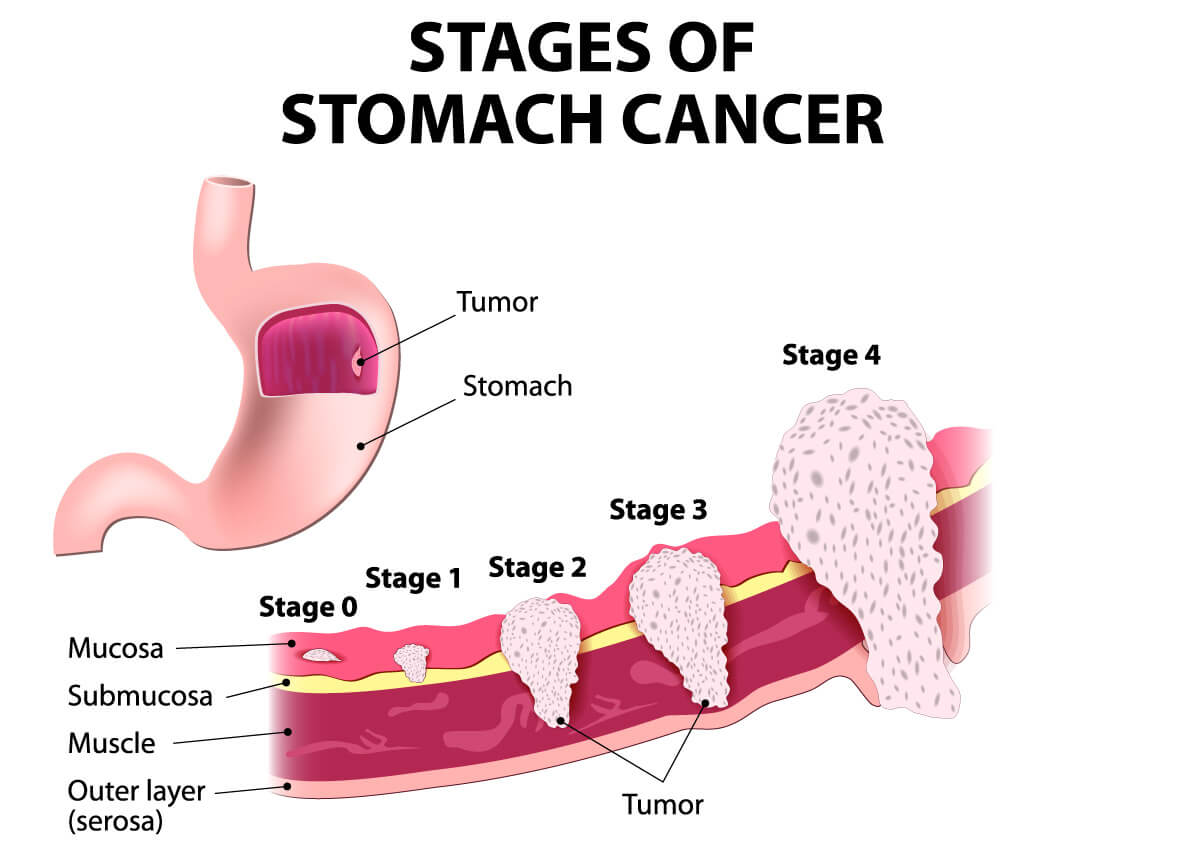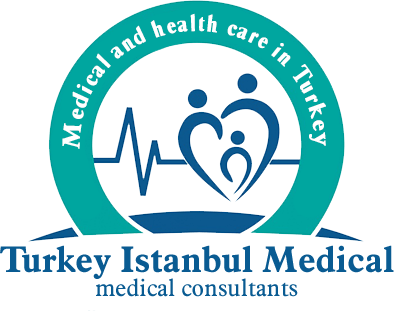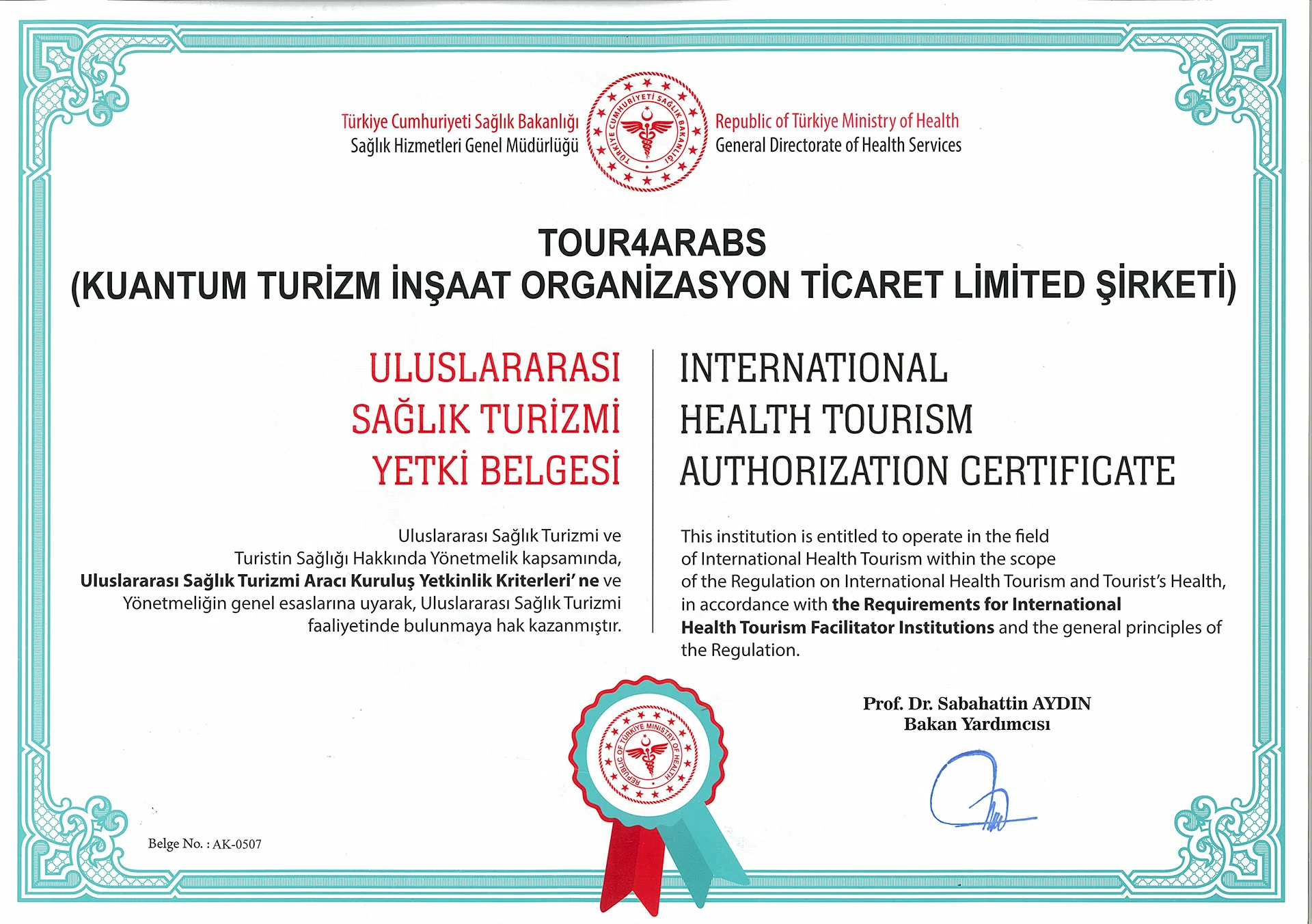What is Stomach Cancer?
Stomach cancer is a disease that describes malignant tumors that develop as a result of uncontrolled cell division in this organ. The stomach organ, shaped like a sac made of muscle, is located in the upper middle part of the abdomen, just below the ribs. The stomach, which preserves the food taken through nutrition for a while, also breaks down and digests various foods. Stomach cancer, also known as gastric cancer, can develop in any part of this organ. The most common place where it is detected is the body part, which is the main part of the stomach.
After stomach cancer is detected, treatment planning first takes into account which part of the stomach the cancer is located in. Treatment interventions, which generally target the removal of cancer tissue through surgical treatment, can in some cases be added to various other treatment practices.
What are The Causes of Stomach Cancer?
The mechanism that triggers the uncontrolled growth and proliferation of cells in the stomach and causes cancer is not fully known. However, it has been determined that there are some factors that increase the risk of stomach cancer.
One of these is the H.pylori bacteria, which can cause a common asymptomatic infection and ulcers in the stomach. Gastritis, defined as inflammation of the stomach, pernicious anemia, which is a long-lasting type of anemia, and polyps, which are structures protruding from the stomach surface, increase this risk.
- To smoke
- Being overweight or obese
- Consuming too much smoked and salty foods
- Consuming too much pickle
- Drinking alcohol regularly
- Having stomach surgery due to ulcer
- A blood group
- Epstein-Barr virus infection
- Some genes
- Working in the coal, metal, timber or rubber industry
- Asbestos exposure
- Having someone in the family with stomach cancer
Having Familial Adenomatous Polyposis (FAP), Hereditary Nonpolyposis Colorectal Cancer (HNPCC)-Lynch Syndrome or Peutz-Jeghers Syndrome.
Stomach cancer begins with changes in the DNA, the genetic material, of the cells in the stomach.
These changes allow cancer cells to divide and survive very quickly while healthy cells die.
Over time, cancer cells merge. And it breaks down healthy tissue. Thus, it can spread to other parts of the body.
What are The Symptoms of Stomach Cancer?
The most obvious symptom of stomach cancer is weight loss. A person loses approximately 10% or more of their body mass over a 6-month period.
- Indigestion
- Feeling bloated after eating
- Burning in chest
- Nausea (Mild)
- Anorexia
The above symptoms alone do not necessarily mean that the person has stomach cancer.
The situation is usually evaluated by having more than one complaint. If there are many complaints, seeing a doctor will help control the situation at an early stage.
The symptoms of stomach cancer in the later stages are different and more serious.
- Feeling of pain in the stomach
- Bloody stool
- Vomiting
- Weight loss (without any reason)
- Difficulty swallowing
- Yellowish eye whites and skin color
- Swelling of the stomach
- Constipation
- Diarrhea
- Feeling of weakness
- Chest pain
These symptoms indicate that you should see a doctor without delay.
What are The Types of Stomach Cancer?
Stomach cancer is basically divided into types according to where the tumor is seen.
The main ones are:
-
Adenocarcinoma:
It is the most common type of stomach cancer and accounts for 90 percent of cases. In this type of cancer, the cancer is found in the stomach lining gland cells.
-
Squamous Cell Carcinoma:
It is similar to adenocarcinoma. However, cancer occurs in the skin cells in the stomach lining gland.
-
Stomach Lymphoma:
It is known as MALT Lymphoma. Stomach lymphoma, which is very rare, usually occurs in other parts of the body, but can also occur within the stomach wall.
-
Gastrointestinal Stromal Tumor:
Cancer usually occurs in the stomach. And it can also be seen in the connective tissue cells that support the digestive system organs.
-
Carcinoid Tumor:
These tumors begin in the hormone-producing cells of the stomach. Most of these tumors do not spread to other organs.
-
Neuroendocrine Tumors (NETs):
Neuroendocrine tumors (NETs) can be benign or malignant (cancer). It is rarely seen. This type of cancer usually grows in hormone-producing tissues in the digestive system.
What are The Stages of Stomach Cancer?
As with other cancer treatments, appropriate treatment of stomach cancer requires cancer staging. Staging of stomach cancer is done with the TNM technique.
TNM technique consists of an English abbreviation.
Its expansion is as follows:
-
T- Tumor:
It refers to the size and location of the tumor.
-
N- Lymph Nodule (Node):
It refers to the spread of cancerous cells to the lymph nodes and lymph system.
-
M- Distant Metastasis (Metastasis):
It refers to the spread of cancerous cells to distant organs and tissues.
-
Stage 0:
At this stage, tumor cells have begun to be found in the stomach. Cancerous cells are limited to the stomach surface, that is, the epithelium. This stage is considered the early stage in the diagnosis and treatment of stomach cancer.
-
Stage 1:
At this stage, tumor cells may spread to the muscle tissue of the stomach and nearby lymph nodes.
-
Stage 1a:
At this stage, cancerous cells continued to multiply. However, it has not yet spread to the muscle tissue or lymph nodes of the stomach.
-
Stage 1b:
At this stage of stomach cancer, the cancer has started to spread to the muscular wall of the stomach. The tumor may spread to nearby lymph nodes. However, cancer metastasis is still limited to nearby organs.
-
Stage 2:
As the tumor continues to spread in the stomach, it has spread to the stomach wall muscle and nearby lymph nodes. At this stage, cancerous cells; It is limited to the stomach and lymph nodes.
-
Stage 3:
Tumorous tissues; In addition to the stomach, it has spread to organs close to the stomach and regional lymph nodes.
-
Stage 4:
Tumorous tissues; It has spread to the entire stomach, distant organs and lymph nodes. It is the advanced stage of the disease.
How is Stomach Cancer Diagnosed?
The doctor first takes a history from a patient who goes to the doctor with the symptoms listed above. You are asked about symptoms, their duration, lifestyle and habits.
The following tests are then performed for diagnosis:
-
Endoscopy:
It is the most common application. During endoscopy, a biopsy is taken from the lesion. And it is sent for pathological examination.
-
Barium Stomach Radiography:
It used to be used more frequently, but is now needed less frequently.
-
Computed Tomography:
The location and size of the cancer and nearby organ metastases, if any, are determined.
-
Laparoscopy:
Laparoscopy is looking at the stomach with a camera under general anesthesia. It is checked whether the cancer has spread.
-
Endoscopic Ultrasound:
With this method, the physician evaluates the upper region of the stomach and esophagus. It gives an idea about the lesion.
-
Chest X-ray:
It gives an idea about whether there is lung involvement.
-
MRI:
It is used in cancer staging.
-
PET(Positron Emission Tomography):
Detects the location of active cancer cells.
-
Kidney Ultrasound:
It gives an idea about whether cancer has spread to the kidney.
-
CEA:
Cancer antigens are checked in the blood.
How is Stomach Cancer Treated?
Treatment for stomach cancer varies depending on the patient’s general health condition. Stomach cancer treatment usually involves one or more methods.
Commonly used methods for stomach cancer treatment are as follows.
-
Surgical Treatment Methods (Stomach Cancer Surgery)
-
Endoscopic Treatments (Removal of Early Stage Tumors from the Stomach Lining):
Very small cancers confined to the inner lining of the stomach can be removed by passing special tools through an endoscope. Procedures to remove cancer from the inner lining of the stomach include endoscopic mucosal resection and endoscopic submucosal resection.
-
Partial or Subtotal Gastrectomy (Removal of Part of the Stomach):
Partial gastrectomy operation is the process of removing the cancerous area localized in the stomach without removing the entire stomach, but removing the cancerous area together with some healthy tissue around it.
Removing some healthy tissue around the cancerous cells is very important, especially in removing cell-sized cancer completely from the stomach.
-
Total Gastrectomy (Removal of the Entire Stomach):
Total gastrectomy involves removing the entire stomach and some surrounding tissue.
The esophagus then allows food to pass through your digestive system. And it connects directly to the small intestine.
Total gastrectomy is generally used for stomach cancers that affect the body of the stomach and are located at the gastroesophageal junction.
-
Chemotherapy:
Chemotherapy may be started before or after surgery, depending on the condition of the cancer.
-
Neoadjuvant Treatment:
Chemotherapy before surgery is called Neoadjuvant therapy.
It is applied to shrink the tumor. After surgery, chemotherapy is repeated.
-
Adjuvant Therapy:
Giving chemotherapy after surgery is called Adjuvant therapy.
The goal is to kill any remaining cancer cells.
Concomitant radiotherapy may be given. It is especially preferred in cancers that cannot be completely removed by surgery.
Chemotherapy may be planned as the main treatment for metastasized stomach cancer.
In patients after chemotherapy;
- Nausea and Vomiting,
- Loss of appetite,
- Hair loss,
- Diarrhea,
- More Frequent Infection,
- Rapid skin bruising due to low platelets,
- Fatigue and shortness of breath may be observed.
Cancer drugs can also cause neuropathy, heart damage, and hand-foot syndrome.
-
Radiation Therapy:
Radiation therapy uses high-powered energy beams, such as X-rays and protons, to kill cancer cells. The energy beams come from a machine that moves around you as you lie on the table.
For stomach cancer, radiation therapy may be used before surgery to shrink the cancerous tissue to a size that can be more easily removed by surgery. Radiation therapy may also be used to kill cancer cells that remain in the body after surgery. Radiation therapy is often combined with chemotherapy.
For advanced stomach cancer that cannot be removed with surgery, radiation therapy may also be used to relieve side effects such as pain or bleeding caused by a growing cancer.
-
Targeted Therapy:
Some types of stomach cancer have targeted therapy. These treatments target cancer cell-specific proteins and try to stop cancer cells from growing.
-
Immunotherapy:
Immunotherapy is a treatment method that uses the patient’s immune system to fight cancer.
Substances produced by the body or made in a laboratory are used to increase, direct, or restore the body’s natural defenses against cancer.
This type of cancer treatment is also called biotherapy or biological therapy.
In addition, new types of treatments are being tested in clinical studies.
These patients may want to consider participating in a clinical trial. Patients can enter clinical trials before, during, or after starting cancer treatment.
Patients recovering from stomach cancer should receive follow-up tests.
-
Stomach Cancer Supportive (Palliative) Care:
Palliative care is specialized medical care focused on relieving pain and other symptoms of serious illness.
Palliative care specialists provide separate support that complements your ongoing care. And they work with you, your family, and other doctors.
Palliative care may be used while receiving aggressive treatments such as surgery, chemotherapy, or radiation therapy.
When palliative care is used along with all other appropriate treatments, people with cancer can feel better. And they can live longer.
Palliative care is given by a team that includes doctors, nurses and other specially trained health professionals.
Palliative care teams aim to improve the quality of life of people with cancer and their families.
This type of care is offered alongside any remedial treatments or treatments you may receive.
What Can Be Done to Prevent Stomach Cancer?
Some of the precautions that can be taken to prevent stomach cancer are listed below:
- Quit smoking
- Getting treated if you have a stomach ulcer
- Eating a healthy diet with fiber-rich foods
- Not consuming alcohol
- Using medications such as painkillers and aspirin carefully






